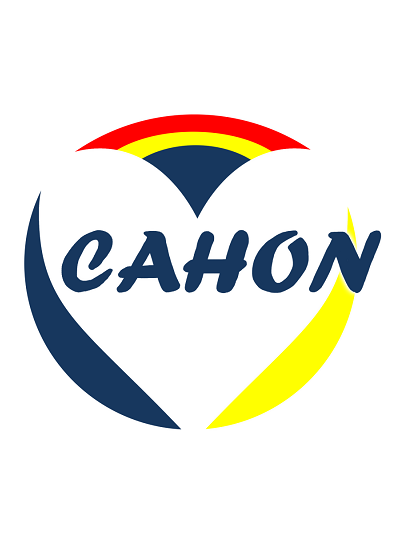抗体药物偶联物(adc):当前和未来的生物制药
IF 40.4
1区 医学
Q1 HEMATOLOGY
引用次数: 0
摘要
抗体-药物偶联物(adc)是一类新型生物药物,由单克隆抗体通过工程化学偶联物与细胞毒性药物共价偶联而成。这种组合通过抗体识别靶抗原,使细胞毒性药物靶向递送到肿瘤部位,同时最大限度地减少对健康组织的脱靶效应。adc在临床上克服了传统化疗缺乏靶向特异性的局限性,增强了单克隆抗体的治疗效果,提供了疗效更高、毒性更小的抗肿瘤生物药物。adc开创了靶向癌症治疗的新时代,目前已有15种药物获批临床使用。此外,adc正在被研究作为自身免疫性疾病、持续性细菌感染和其他具有挑战性适应症的潜在治疗候选者。尽管adc具有良好的治疗效果,但其开发和应用仍面临重大挑战,包括抗体免疫原性、连接体不稳定性以及对细胞毒性药物释放的控制不足。adc如何设计得更安全、更高效?adc未来的发展方向是什么?本文对adc进行了全面的综述,总结了adc的三个核心成分——抗体、连接体和有效载荷的结构和功能特征。此外,我们系统地评估了15种已批准的adc在癌症治疗中的进展和挑战,同时也探索了未来的方向和面临的挑战。我们希望这项工作将为下一代adc的设计和优化提供有价值的见解,以用于更广泛的临床应用。本文章由计算机程序翻译,如有差异,请以英文原文为准。
Antibody–Drug Conjugates (ADCs): current and future biopharmaceuticals
Antibody–drug conjugates (ADCs) represent a novel class of biopharmaceuticals comprising monoclonal antibodies covalently conjugated to cytotoxic agents via engineered chemical linkers. This combination enables targeted delivery of cytotoxic agents to tumor site through recognizing target antigens by antibody while minimizing off-target effects on healthy tissues. Clinically, ADCs overcome the limitations of traditional chemotherapy, which lacks target specificity, and enhance the therapeutic efficacy of monoclonal antibodies, providing higher efficacy and fewer toxicity anti-tumor biopharmaceuticals. ADCs have ushered in a new era of targeted cancer therapy, with 15 drugs currently approved for clinical use. Additionally, ADCs are being investigated as potential therapeutic candidates for autoimmune diseases, persistent bacterial infections, and other challenging indications. Despite their therapeutic benefits, the development and application of ADCs face significant challenges, including antibody immunogenicity, linker instability, and inadequate control over the release of cytotoxic agent. How can ADCs be designed to be safer and more efficient? What is the future development direction of ADCs? This review provides a comprehensive overview of ADCs, summarizing the structural and functional characteristics of the three core components, antibody, linker, and payload. Furthermore, we systematically assess the advancements and challenges associated with the 15 approved ADCs in cancer therapy, while also exploring the future directions and ongoing challenges. We hope that this work will provide valuable insights into the design and optimization of next-generation ADCs for wider clinical applications.
求助全文
通过发布文献求助,成功后即可免费获取论文全文。
去求助
来源期刊
CiteScore
48.10
自引率
2.10%
发文量
169
审稿时长
6-12 weeks
期刊介绍:
The Journal of Hematology & Oncology, an open-access journal, publishes high-quality research covering all aspects of hematology and oncology, including reviews and research highlights on "hot topics" by leading experts.
Given the close relationship and rapid evolution of hematology and oncology, the journal aims to meet the demand for a dedicated platform for publishing discoveries from both fields. It serves as an international platform for sharing laboratory and clinical findings among laboratory scientists, physician scientists, hematologists, and oncologists in an open-access format. With a rapid turnaround time from submission to publication, the journal facilitates real-time sharing of knowledge and new successes.

 求助内容:
求助内容: 应助结果提醒方式:
应助结果提醒方式:


